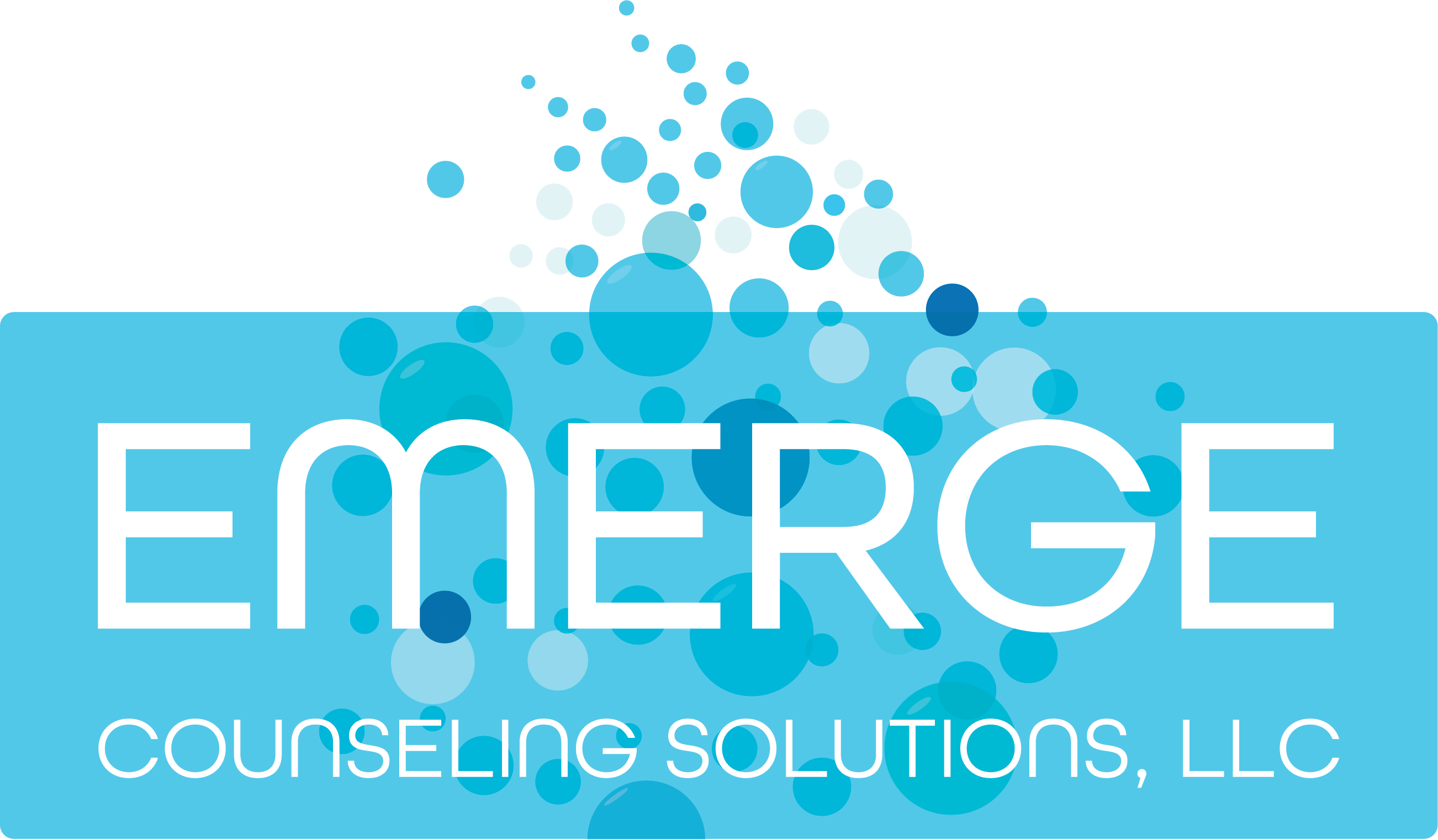Social Anxiety Disorder
 Social anxiety disorder, also known as social phobia, is a common mental health disorder characterized by intense fear of social situations. This is a commonly occurring mental health struggle, yet it is frequently misunderstood.
Social anxiety disorder, also known as social phobia, is a common mental health disorder characterized by intense fear of social situations. This is a commonly occurring mental health struggle, yet it is frequently misunderstood.
Social anxiety presents as:
- intense worry that the anxiety is visible to others and will result in humiliation, rejection, or being judged by others as anxious, weak, stupid, boring, etc
- a sense of on-going observation and being scrutinized by others
- frequently avoiding social interactions or having to anxiously endure them
- physical sensations such as a panic attacks, pounding heart, sweaty hands, holding your breath, tense muscles, etc
- emotional experiences such as fear and shame, loneliness, feeling held back, anger, or hopelessness
Everyone may feel this way from time to time but for someone with social phobia, this distressful experience spans across time and often across a wide variety of social situations. The result is significant impairments in social, occupational, educational, and other important areas of life.
What’s the difference between social anxiety disorder and shyness?
The difference between shyness and social anxiety is based on the person’s inner experience during social interactions and their level of distress and impairment. The question can largely be answered by determining whether suffering and limitation is present.
As a parent this can be difficult to discern from observation alone, so I would recommend engaging your child or teen in a conversation about their experience. The social anxiety screening at the bottom of the page is a useful resource for individuals as well as parents to learn more about the symptoms of social anxiety disorder and what distinguishes it from shyness.
Some people never seek treatment because they mistakenly identify symptoms of social anxiety disorder as features of their personality (such as shyness) or they believe it will eventually, naturally resolve on its own. Unfortunately without an intervention, these negative thinking patterns and avoidance behaviors are reinforced daily in social interactions. Furthermore, the disorder may progress and contribute to the development of a co-occurring diagnosis such as major depressive disorder or substance abuse disorders.
The good news is that this is a treatable condition from which people do genuinely recover. Generally speaking, the sooner you start counseling for this issue, the better.
Cognitive Behavioral Therapy
“CBT” will help you challenge your automatic, limiting beliefs about yourself and others. You’ll notice that unchallenged, unexamined socially anxious thoughts are often riddled with distortion and false assumptions. Through CBT we’ll explore how thoughts, behaviors, and emotions are linked. We’ll consider whether these thoughts are true and if not, how to revise them. You’ll learn a kinder, more rational way of relating to yourself and the world.
Assertiveness Training
Through assertiveness training you will learn how to communicate more directly and honestly. This allows you to more openly express your thoughts, needs, and opinions with others which strengthens authentic, healthy relationships and honoring your true self. You’ll discover an authentic life is a lot more fun.
Exposure Activities
This is the real life application and practice of what you are learning in therapy. The more you confront your fears and stop relying on avoidance, the more and more comfortable you will become in the social situations that cause distress. We determine together what is an appropriate social exposure exercise based on where you are at in therapy. Together we will gradually and compassionately work through a fear hierarchy together to build more courage and social freedom.

